How can I control 8 LEDs using only 5 pins of a microcontroller without using any shift registers or I/O expanders?
By "controlling" I mean turning an LED or a set of LEDs on or off, not just turning one only at a time like Charlieplexing.
Edited : This query had a boundary of not using any devices or ICs other than the microcontroller, any possible number and combination of wires and resistors. Some answers tend to be useful for people who have the same question but using devices or ICs is allowed.
